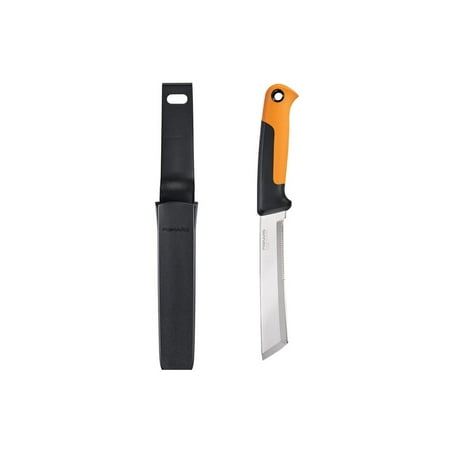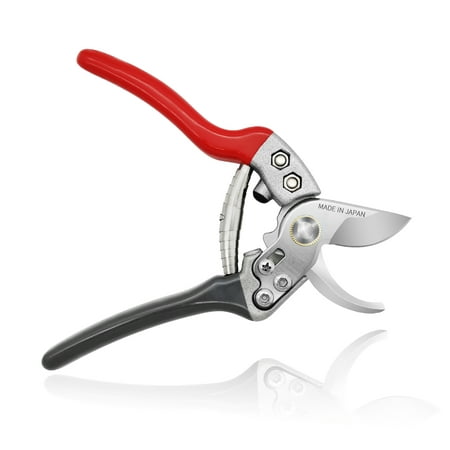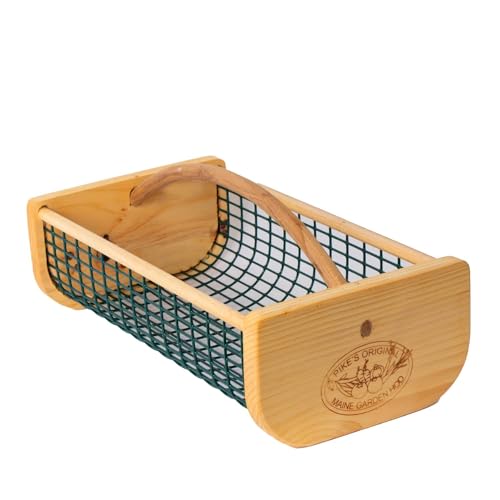An expert grower reveals the simple trick for knowing when to harvest fennel bulbs, plus how you can get a second crop of tasty greens
This will help you harvest perfect fennel bulbs before they go tough
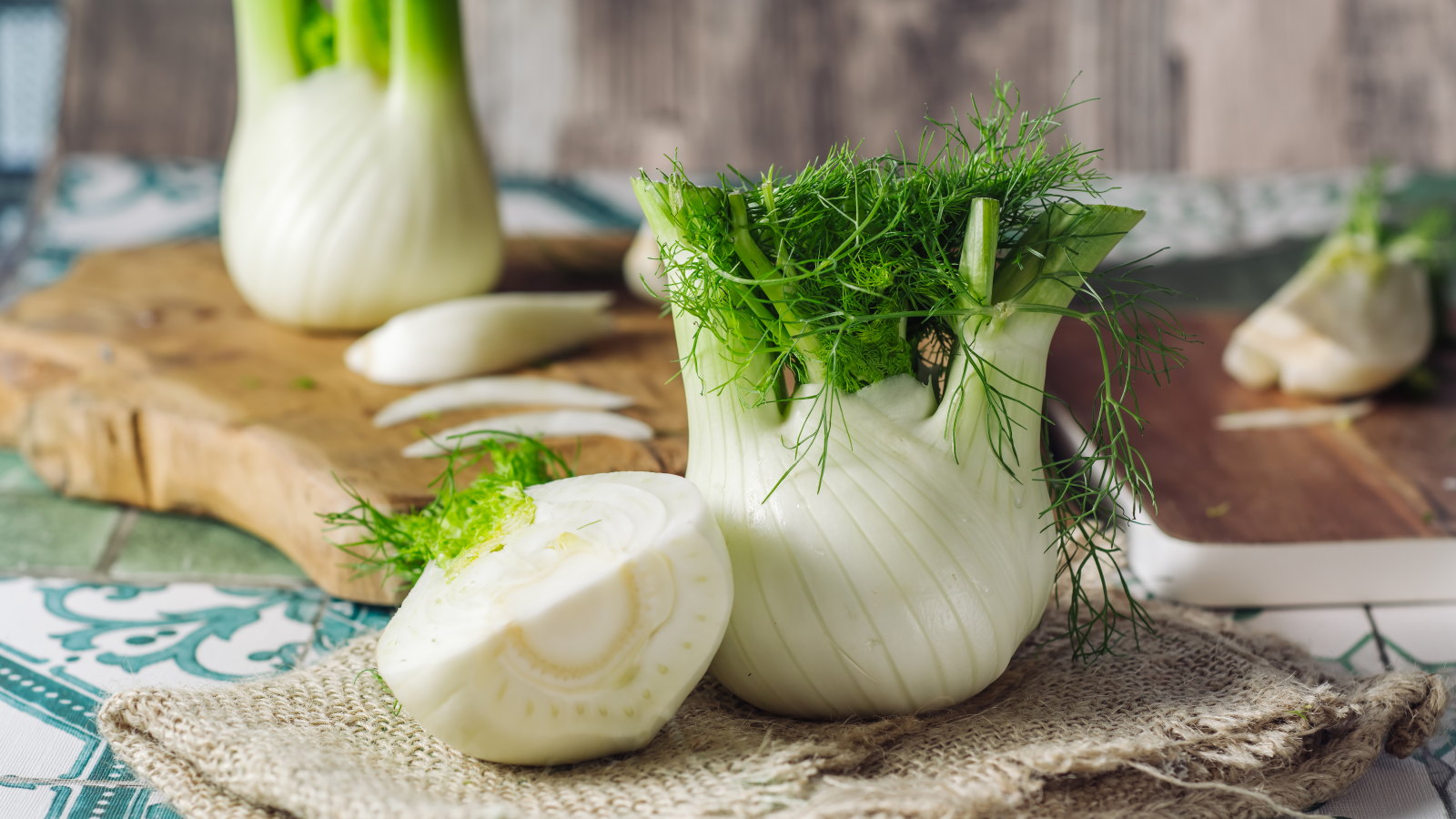
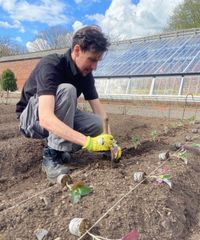
There are two forms of fennel commonly cultivated. Herb or common fennel is grown for the feathery foliage, while Florence fennel, also known as bulb fennel, produces a white bulb with a crunchy texture and aniseed flavor.
In this guide, we focus on the latter and reveal expert tips for how and when to harvest fennel bulbs. The crop can be harvested for many months, depending on when you sow, but getting the timing right for picking always remains imperative for tasty, flavorful fennel.
I have grown bulb fennel before in my home vegetable garden, admittedly not always with the best success rate, so I sincerely hope you get bulbs better than mine. When you do, I've spoken to some experts about when to harvest fennel bulbs, including how to tell they’re the right size to pick and an opportunity to get a second crop.
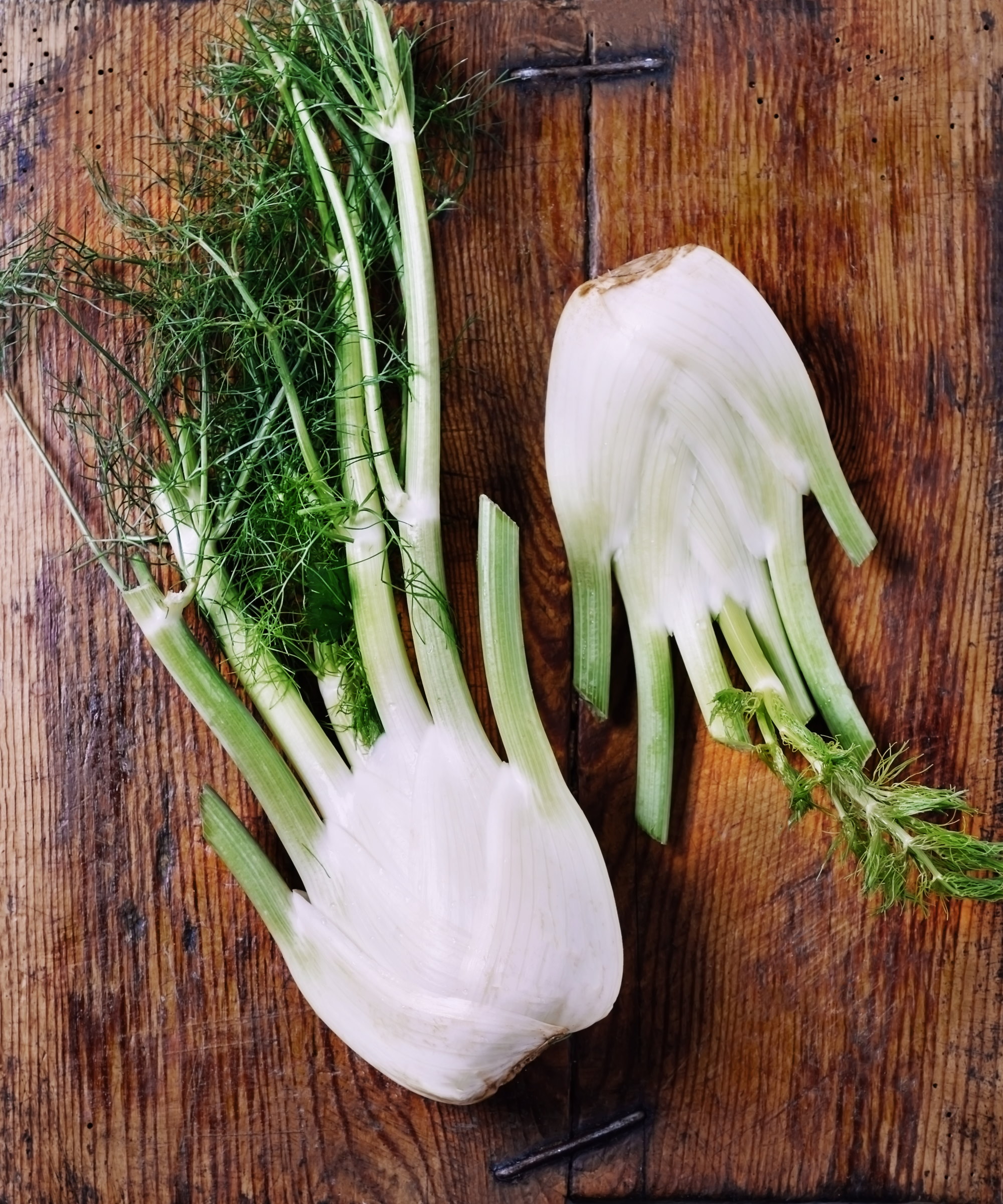
How and when to harvest fennel bulbs – expert tips for success
Fennel seeds are traditionally sown in spring or early summer. The crop does not enjoy root disturbance, so it is more suitable to sow seeds outdoors once the temperatures warm and to plant successively for an extended harvesting period from summer into fall.
When to harvest fennel bulbs
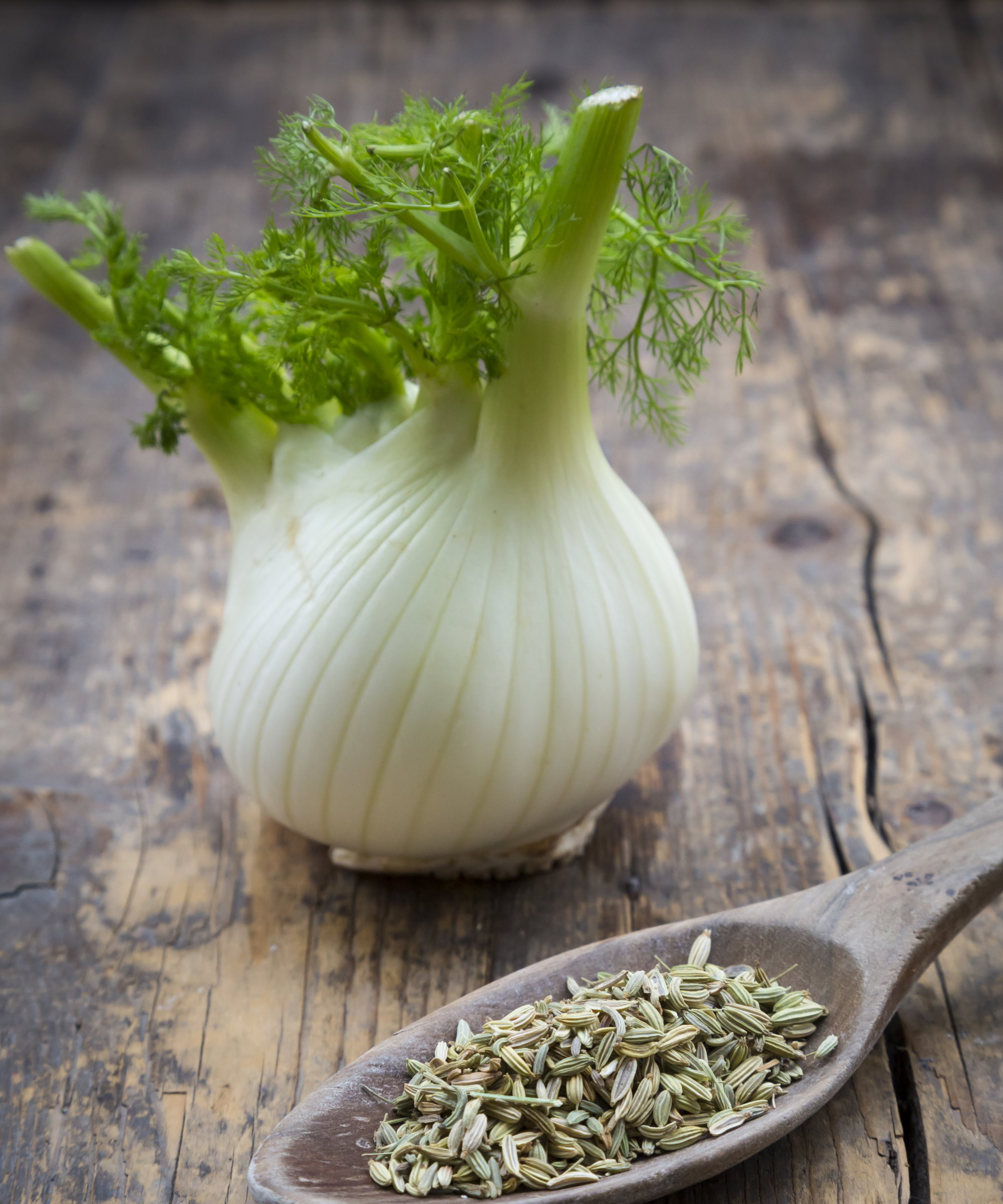
It takes 12 to 14 weeks to go from sowing seeds to harvesting fennel bulbs. However, this can depend on when you plant fennel, the variety, and the weather during the growing season.
In ideal conditions, the bulb is traditionally harvested when it is between four and six inches across. Rather than carrying a measuring tape to determine this, Rachael Carter, a garden consultant and educator based in Metro Detroit, recommends using your hands to know when to harvest fennel bulbs.
‘The ideal size of the fennel will depend on the specific variety you are growing, but I like to use my hand,’ she claims. ‘I hold my hand up next to the bulb with my fingers closed, and it is a good way to gauge the ideal size while in the garden.’
Design expertise in your inbox – from inspiring decorating ideas and beautiful celebrity homes to practical gardening advice and shopping round-ups.
As mentioned earlier, the size of the bulb can be affected by warm weather. Rachael says that heat stress can cause fennel to bolt, where it begins to produce flowers and seeds. She adds: ‘This puts a cap on how big the bulb will get once the plant starts to flower.’
To prevent fennel bolting and a poor bulb forming, you can get bolt-resistant varieties of fennel to grow, such as ‘Fino’, ‘Rondo’, and ‘Victoria’.
It is key to harvest fennel bulbs at the right time, as oversized bulbs left too long get tough and unpalatable. Not lifting them before the first frosts is also a harvesting mistake, as the bulbs can be damaged by freezing temperatures.
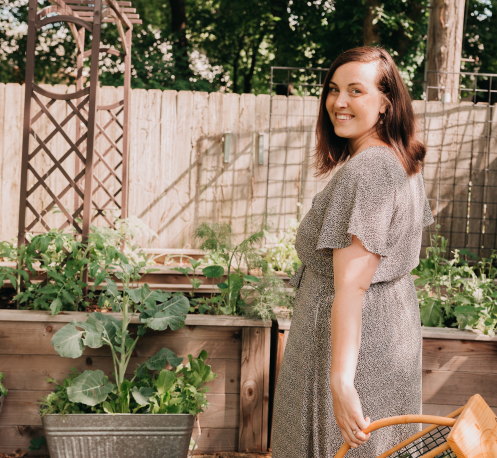
Rachael is a garden consultant and educator based in Metro Detroit, with a formal background in environmental science and biology. What started as a personal curiosity about growing a few vegetables at home quickly grew into an obsession with building natural backyard grocery stores.
Now, Rachael designs, installs, and coaches over 30 gardens per year through her business, Floraculture, helping clients create thriving raised bed kitchen gardens that are productive, beautiful, and deeply satisfying to use.
How to harvest fennel bulbs
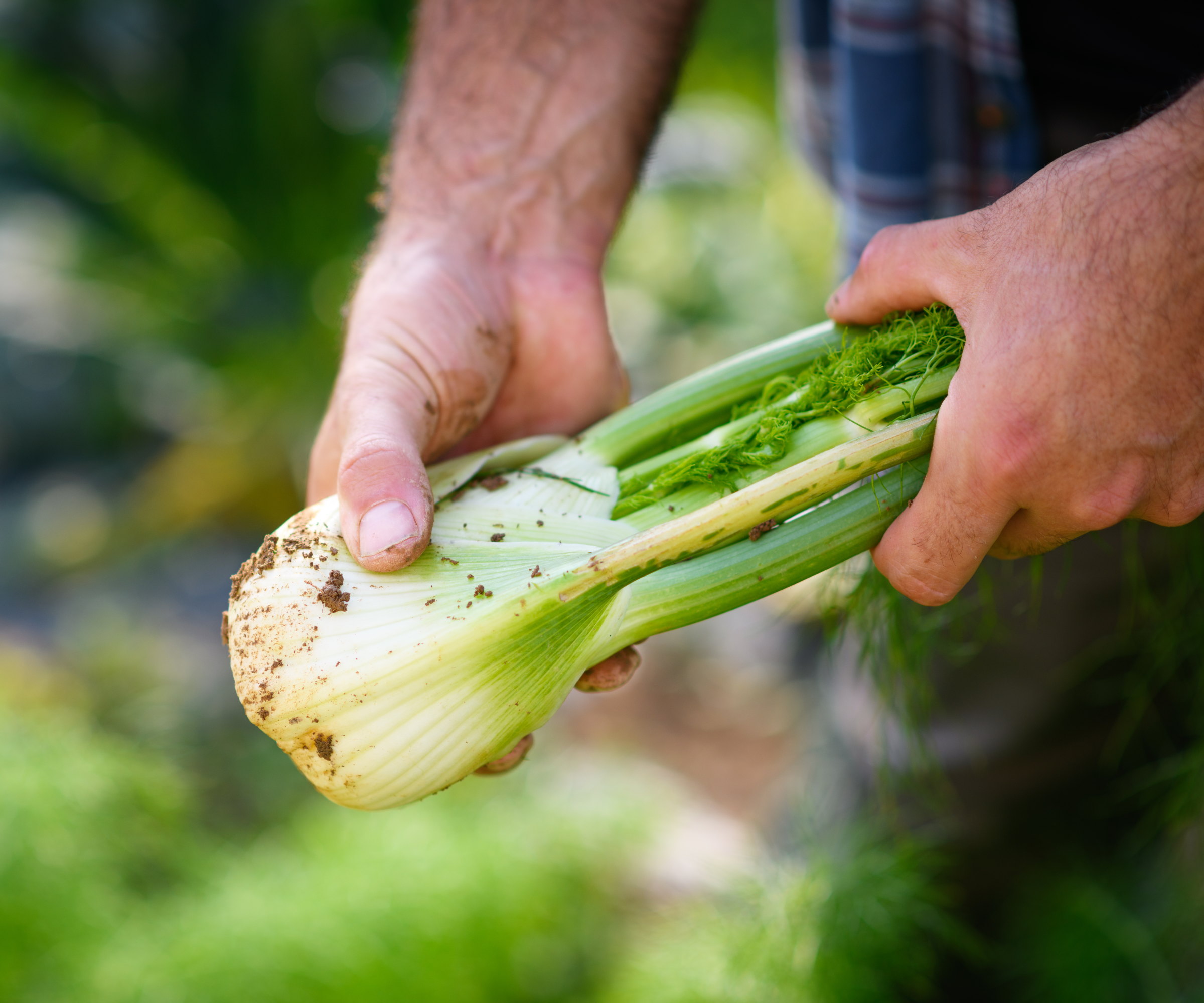
Once you have identified that the bulb is a suitable size, it is quick and simple to harvest it and enjoy it in all manner of dishes.
Juliet Howe, founder of Twigs Design, recommends using a ‘very sharp’ garden knife or pruning shears to harvest fennel bulbs.
‘Very gently, be careful not to nick the bulb, dig down and clear soil away from the bulb, ’ she says. ‘Cut the bulb free of its roots an inch above the ground, and then cut the top of the plant off, leaving about one inch of stalk above the bulb.’
Alternatively, you can dig up the entire plant and then remove the top growth and roots with your sharp pruning tools.
Whenever you harvest fennel bulbs, do not simply discard the stalks and greens. Rather than adding them to the compost, the greenery can be used in salads, as a garnish, or cooked to add flavor to dishes.
If you opt to leave a bit of the base, around an inch thick, and the roots in the soil when you harvest fennel bulbs, the reward can be a second, albeit smaller, harvest.
‘Fennel bulbs can resprout after harvest, but not into another full-sized bulb,’ says Juliet. ‘If enough of the roots have been left behind, they may sprout into new greens that can be used like herb fennel.’
Fennel bulbs are best used quickly after harvesting. They can be stored in the refrigerator for up to a week or blanched and then frozen for longer storage.

Juliet Howe is an award-winning horticulturist and the founder of Twigs Design. For more than two decades she has helped beautify the homes, gardens, and communities of Fairfield County, CT.
FAQs
Can you eat fennel after it flowers?
The fennel bulb gets woody once it starts flowering. It is still edible; however, it might not be as palatable and will need cooking. You can collect seeds to use as a flavoring or seasoning in many dishes. Fennel seeds are often used in European, Indian, and Middle Eastern cuisine.
What happens if you leave fennel in the ground?
If you leave fennel to ripen seeds and not collect them, or remove the flowering stalks, the plant will self-seed around the garden. It will result in new fennel plants appearing. All types of fennel plants should be closely controlled to prevent them from spreading. For example, herb or common fennel (Foeniculum vulgare) is classed as an invasive plant in California, as it has escaped cultivation.
Fennel is a crop with allelopathic properties, which means it prohibits the growth of some other plants in its vicinity. As it releases chemicals from its roots to impact the development of nearby plants, it is vitally important to consider carefully what you grow next to fennel.
For example, nightshades, including tomatoes, peppers and eggplants, are one group that is highly susceptible to those chemicals, and they will experience stunted growth when planted with fennel.
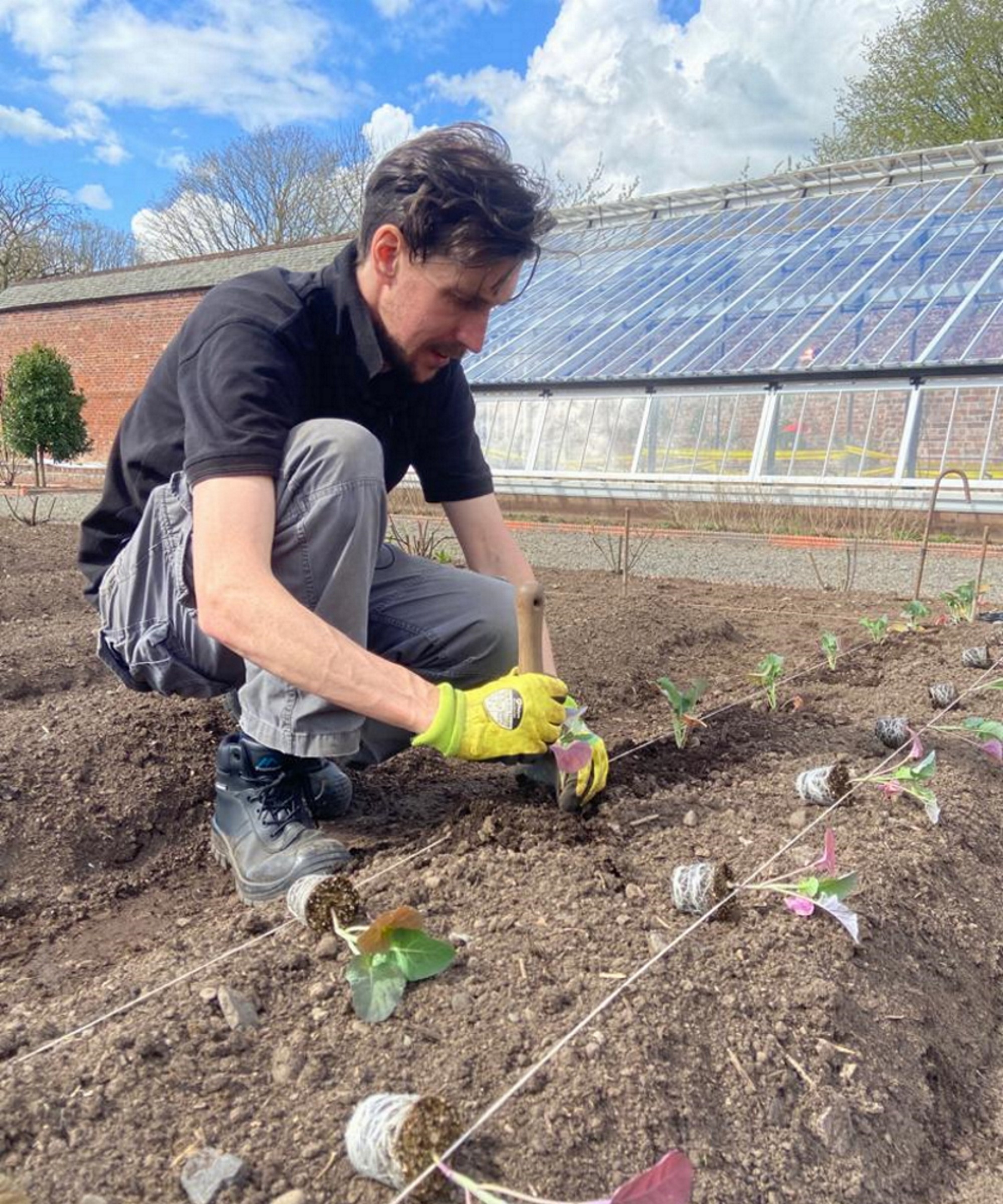
Drew has worked as a writer since 2008 and was also a professional gardener for many years. As a trained horticulturist, he worked in prestigious historic gardens, including Hanbury Hall and the world-famous Hidcote Manor Garden. He also spent time as a specialist kitchen gardener at Soho Farmhouse and Netherby Hall, where he grew vegetables, fruit, herbs, and cut flowers for restaurants. Drew has written for numerous print and online publications and is an allotment holder and garden blogger. He is shortlisted for the Digital Gardening Writer of the Year at the 2025 Garden Media Guild Awards.
You must confirm your public display name before commenting
Please logout and then login again, you will then be prompted to enter your display name.
